Environmental hazard: Dangerous factories can stay put for now
These factories in residential areas had been told to relocate or face closure by December 26.
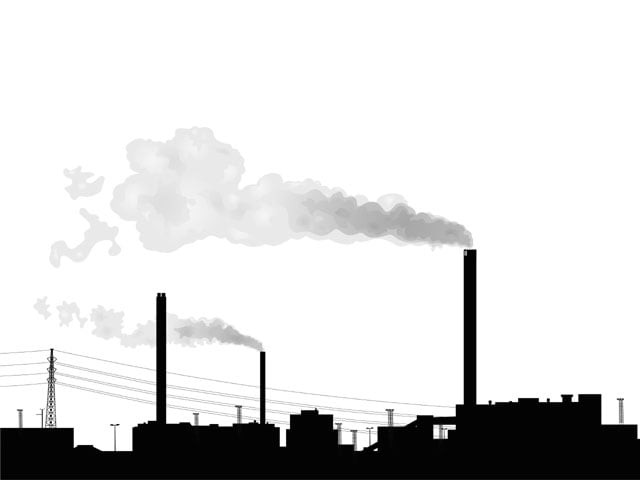
These factories in residential areas had been told to relocate or face closure by December 26. PHOTO: CREATIVE COMMONS
The relocation of dangerous factories in residential areas has been deferred until after the local government elections are over.
Industries District Officer Muhammad Azhar, who had earlier said that no further relaxation would be given to the hazardous factories, now says the factories have been given additional time to relocate voluntarily. He says the government wants the factories to move out on their own so that the 6,000 labourers employed in the units do not lose their jobs. “The district administration is currently busy with the local government elections,” he said, “so the factories were not communicated another deadline for relocation in the notice issued recently.”
This was the third notice sent to the factories by the city district government this year. The notice sent in September, gave the factories three months to relocate. The government has now served the factories a notice shy of the date when the previously communicated deadline expired.

A city government official said the operation would be launched once the elections were over.
The notices served a few days ago do not mention a new deadline. This gives the government room to defer the forced relocation to a date of their choice. The first notice was dispatched to 71 ‘most dangerous’ factories on June 6. The factories were asked to fix various problems identified in a survey conducted in September 2012. In the notice, the factories were given a week to comply with the safety regulations or face closure. The second notice was served on September 26 after permission from the provincial government. That notice was served to 67 factories telling them to relocate by December26 or face closure.
The notices, served under Section 146 D-1 of the Punjab Local Government Ordinance 2001, identified four areas of concern: the illegal establishment of factories in residential areas; inadequate or faulty safety measures; insufficient work space and lack of mandatory open spaces or setbacks; and environmental hazards. Earlier this month, the city government said they would launch the crackdown after seeking advice from the Industries Department.
Only six factories have relocated so far. Earlier, the industries district office had announced that its first line of action would be to discontinue electricity and gas supply to the factories that had not relocated before the notice expired.
The civil defence and industries and environment district offices conducted a survey in September last year after 26 workers in a pharmaceutical factory in Kharak on Multan Road died in a roof collapse and 23 workers at a shoe factory on Bund Road died in a factory fire. In the survey, 7,750 factories were found to be operating in residential areas, 2,107 of those were small or medium industrial units. The factories were assessed on a 100-point hazard scale - 267 scored more than 80 points and 71 more than 90 points.
Published in The Express Tribune, December 28th, 2013.

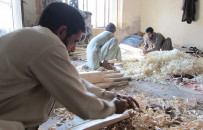

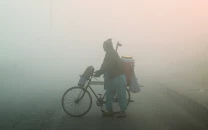
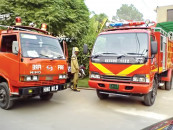





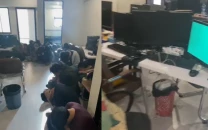








COMMENTS
Comments are moderated and generally will be posted if they are on-topic and not abusive.
For more information, please see our Comments FAQ